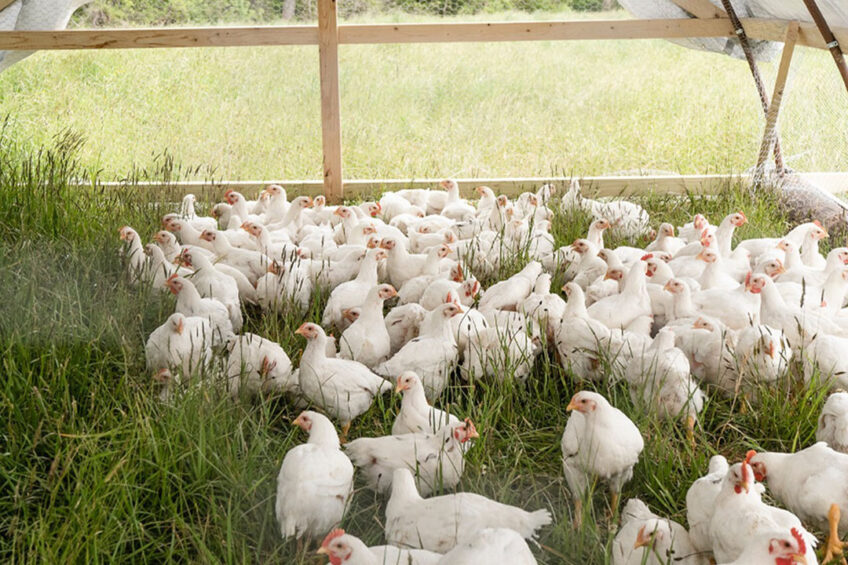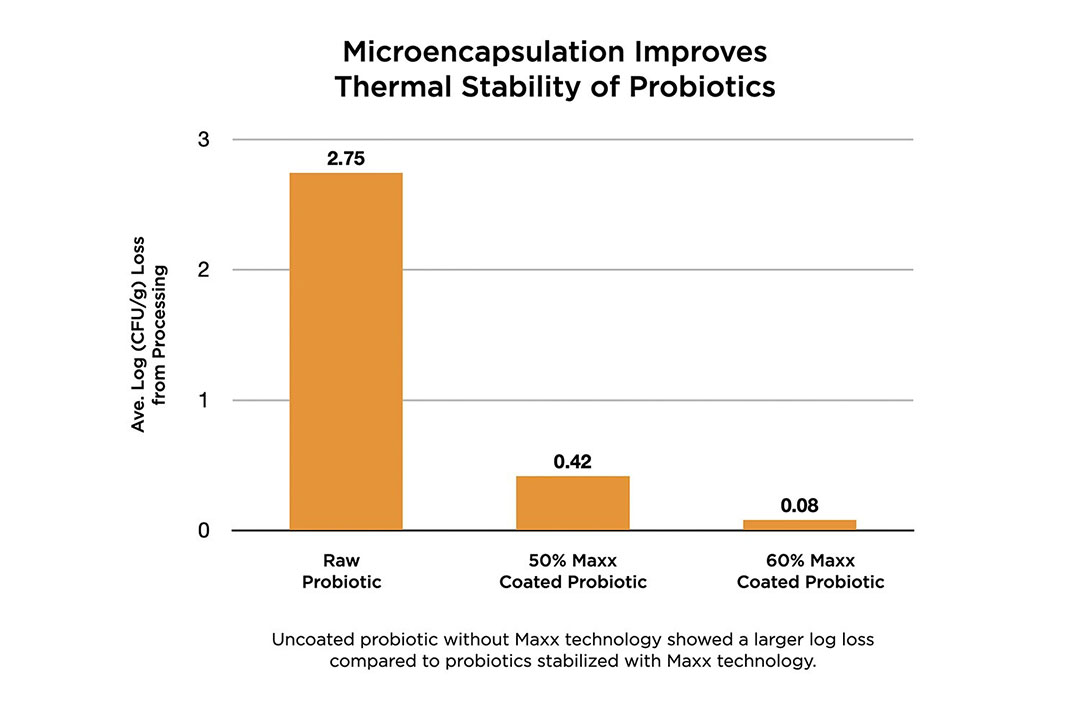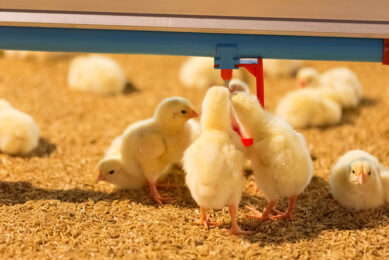Beat the heat with microencapsulated thermal-stable enzymes

Microencapsulation can be used to deliver everything from improved nutrition to extended shelf life. It has been shown that it can improve the thermal stability of probiotics.
Concerns exist about whether the use of phytase enzymes in poultry feed leads to decreased feed intake during excessive heat, characteristic of the summer months. According to research, reduction of phytase does indeed reduce intake of calcium, phosphorus, and trace minerals which are essential in eggshell formation and resistance. Significant loss of phytase activity during the steam pelleting of feed is another limiting factor.
Improving the heat stability of enzymes can overcome issues with phytase instability. Using a coating technology to protect the enzyme or manipulating enzymes into more thermostable variants have both been successful options for producing viable commercial products. A good coating needs to protect the enzyme molecule through the feed manufacturing process, and quickly release it in the upper part of the gut to ensure optimum efficiency.
Enhancing stability
When subjected to air, high humidity, and elevated temperatures, enzymes become unstable and lose potency. While pellets are the preferred method of poultry feed delivery, the pelleting process requires high temperature and steam, albeit for short periods, which most enzymes will not withstand. Other methods of applying enzymes to poultry feed have been found but are not ideal—and typically involve overdosing with expensive ingredients.
In 2010, a commercial laboratory in the Midwest demonstrated a 94% recovery of microencapsulated thermal-stable phytase enzymes that were subjected to steam pelleting. Feed manufacturers who have incorporated these stabilized enzymes into poultry and swine diets have reported increased benefits during periods of heat stress similar to those observed during cooler months.
Similarly, probiotics subjected to microencapsulation to improve thermal stability showed a significant reduction in log loss from the encapsulated coated probiotic compared to the raw uncoated probiotic, regardless of activity (50% and 60% coating). Most notably, the lowest average log loss from processing was more pronounced for the 60% encapsulated probiotic as compared to the 50% one, while log loss for the 60% and 50% coated probiotics was much lower compared to the raw unencapsulated probiotic. Overall, log loss from processing was 2.745, 0.419, and 0.083 CFU/g, respectively, for the raw, 50% coated, and 60% coated probiotic.

Enzymes coated with food-grade matter, can survive passage through the gastrointestinal tract and be released at the site where they are most effective, improving thermal stability and overall performance.
Reducing costs
Knowing that feed cost is the largest single expense in any system of poultry production (accounting for 70% of the total cost of production), feeding enzymes to poultry is one of the major nutritional advances in the last 50 years. Feed industry experts have long known that applying “best-generation” enzymes can be a potential solution to ever-increasing feed costs by optimising the ingredients’ usage and unlocking hidden nutrients.
As a result, feed mills no longer have to overdose and can reap significant cost savings by using a stabilized enzyme. And without the need for expensive packaging, storage cost is also reduced.
In the future, optimising feed formulations will be the key to success—allowing poultry nutritionists to formulate less-expensive diets and get the most out of each kilogram of feed. As suppliers of thermal-stabilised enzymes are reporting, microencapsulation enables the use of less feed while still enhancing efficiency. Coated stabilised enzymes are also available for incorporation into the diets of monogastric animals.





